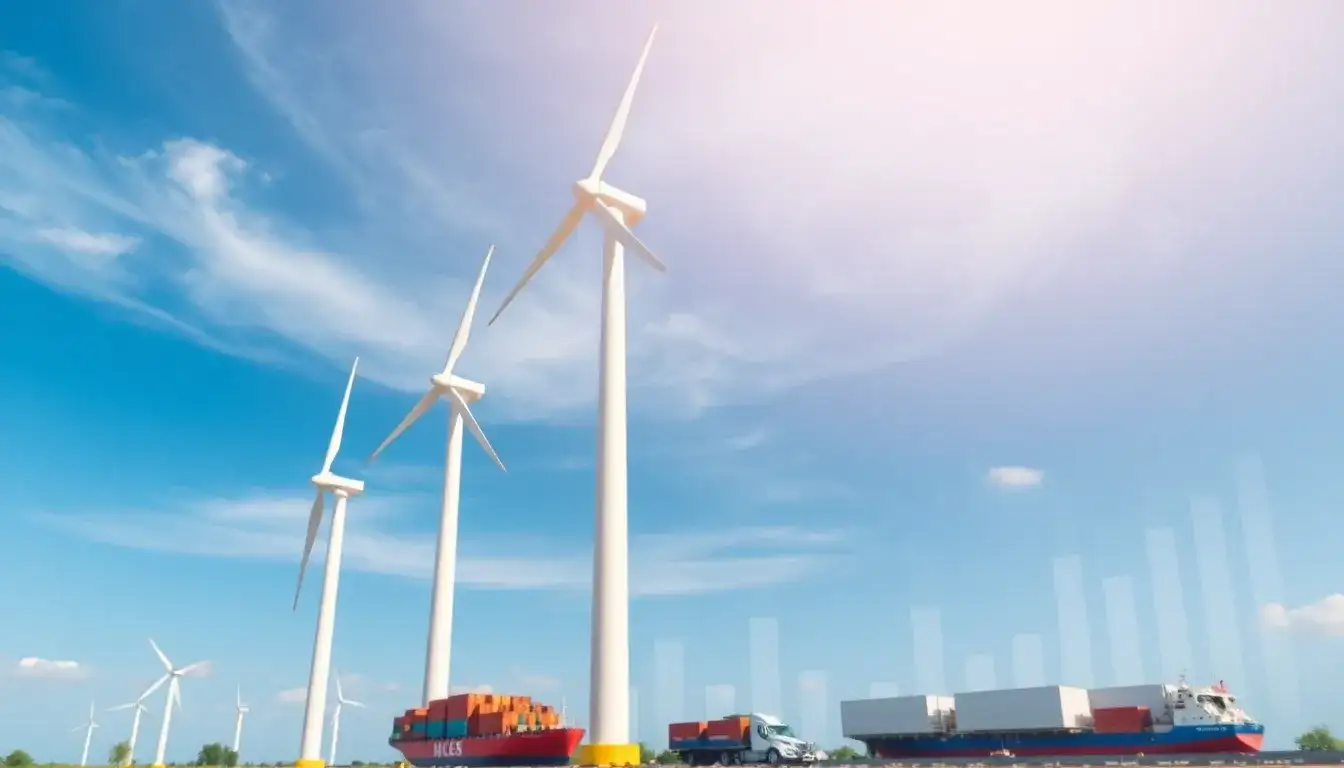
This year, the demand forecast for solar energy systems has shown a significant decline. How will this impact the pricing of the industry?
According to a report from the 21st Century Business Herald on March 24, 2025, the forecast for solar energy demand has been downgraded. The total installed capacity of solar power generation is expected to reach 177 GW by 2025, while the new energy capacity in the country is anticipated to reach 302 GW.
As part of the ongoing assessment, it was noted that the renewable energy financial outlook is being revised due to pressures on the solar energy market and government objectives. The demand forecast for solar energy by 2025 is projected to be between 270-300 GW, but current market conditions may lead to a downward adjustment of about 20%.
In recent months, the renewable energy financial summit held in Beijing highlighted concerns over the industry’s growth and the fluctuating costs associated with solar energy. It was emphasized that the current pricing structure for solar energy has surpassed its cost base, suggesting a potential for new applications in the sector. However, the persistent volatility in the market remains a challenge, with limited grid connectivity and insufficient power generation capabilities.
During the first two months of this year, the newly installed solar capacity in the country was 5.453 million kilowatts, including 3.947 million kilowatts from solar energy, which represents a 7.49% increase compared to the same period last year.
Despite the recent slowdown in growth, industry analysts believe that the solar energy market will face considerable uncertainty this year. The high-level renewable energy capacity is expected to plateau or see some release in 2025, with potential adjustments happening under the current conditions.
The current market landscape is characterized by a need for a more balanced pricing approach, with indications that there will be no significant changes in the supply chain dynamics for solar energy products. The latest data from the National Energy Administration indicated that the average price for photovoltaic cells has remained stable, with G10L cells priced at $1.19 per watt and G12R cells at $1.40 per watt.
As for the future, market dynamics and supply chain pricing will likely continue to be influenced by demand fluctuations. The need for robust infrastructure development and a focus on enhancing grid connectivity will become even more critical.
In conclusion, while the demand for solar energy systems is expected to face challenges, the overall outlook for pricing and market dynamics will depend on a variety of factors, including technological advancements and regulatory frameworks. The industry must adapt to these changes to maintain growth and sustainability.







